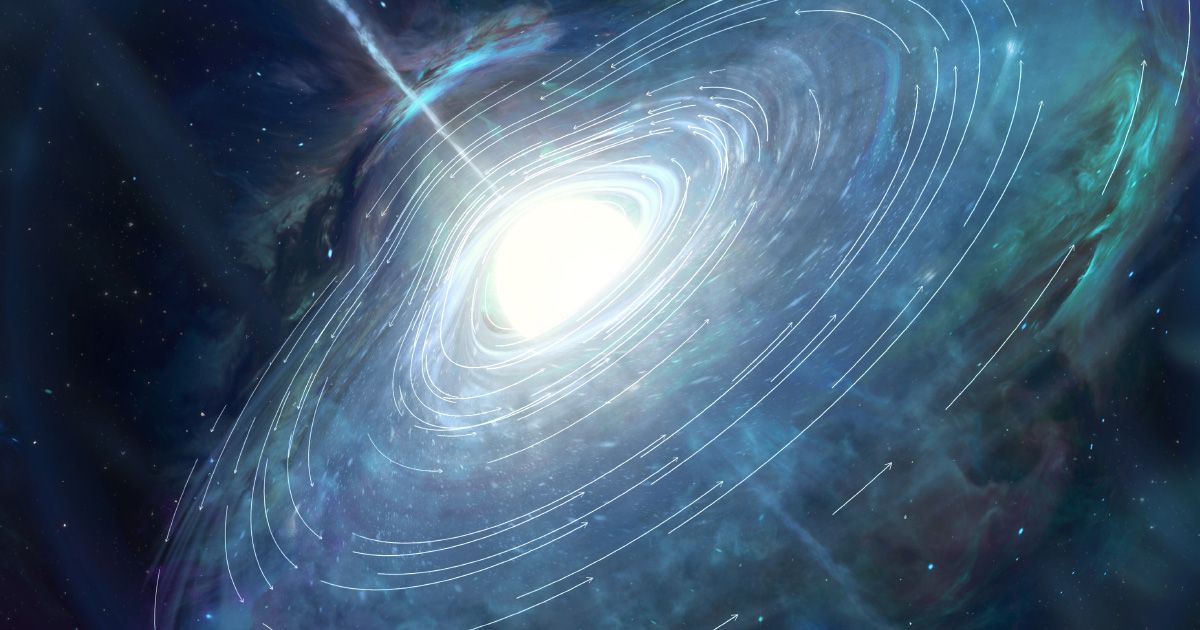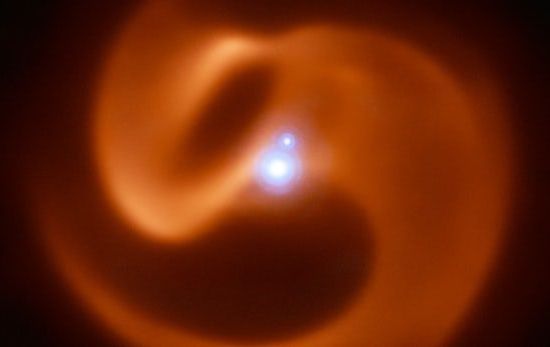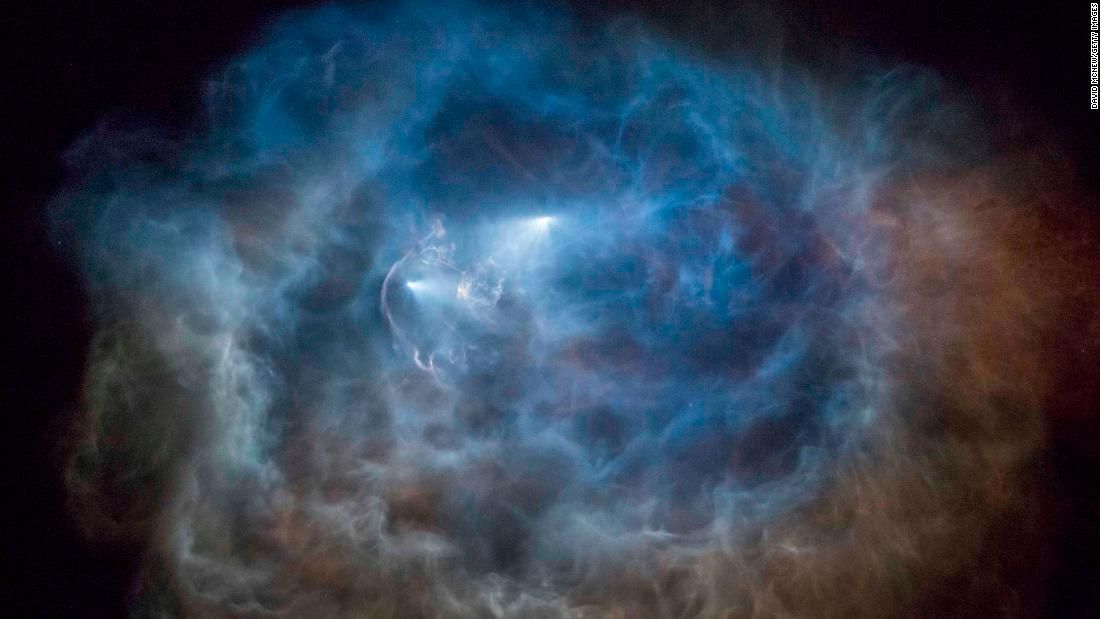Archive for the ‘cosmology’ category: Page 346
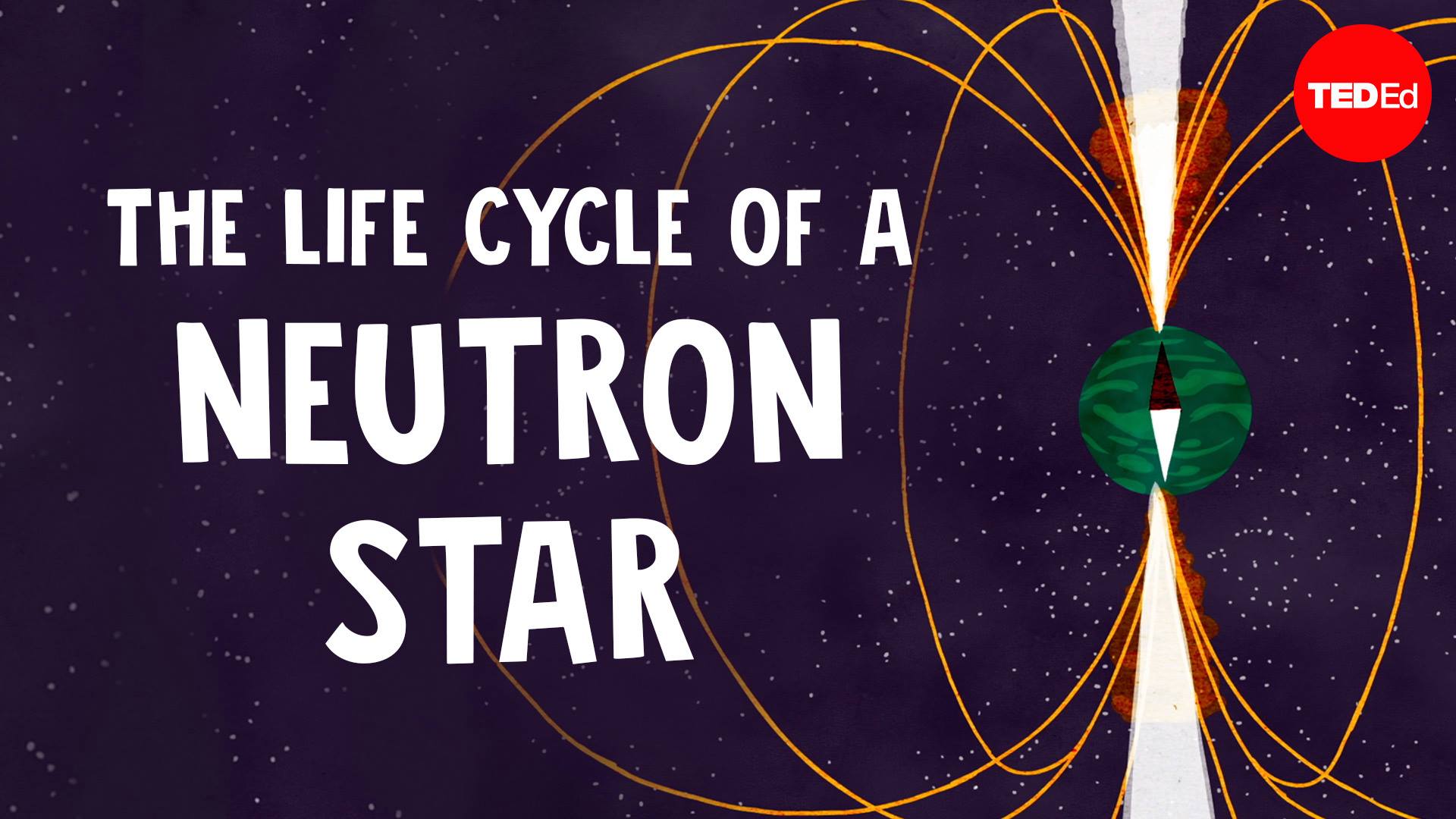
When a massive star somewhere in our galaxy runs out of fuel, it collapses and explodes in a supernova.
The death of that star is the birth of a neutron star: one of the densest known objects in the universe:
Nov 20, 2018
Star spotted on the brink of a gamma ray burst – and it’s alarmingly close to Earth
Posted by Genevieve Klien in category: cosmology
With the power to unleash as much energy in 10 seconds as the Sun does in its entire lifetime, gamma-ray bursts (GRBs) are the most energetic events in the universe, second only to the Big Bang itself. Given how sudden they are, we don’t usually get any warning, but now astronomers have spotted the telltale signs of a star system that could blow its lid any moment – and it’s far too close to Earth for comfort.
Nov 20, 2018
A dark matter hurricane is headed our way
Posted by Michael Lance in categories: climatology, cosmology
According to a recent paper, the Earth is caught directly in the crosshairs of a cosmic hurricane. A swarm of nearly 100 stars, accompanied by an even greater amount of dark matter, is aimed directly at our stellar neighborhood and there’s nothing we can do to stop it; in fact, the vanguard is already upon us. This sounds like a perfect summer blockbuster movie, starring The Rock and Chris Pratt, or maybe Scarlett Johansson and Charlize Theron.
Nov 20, 2018
Dark energy is mutating, with grave consequences for the cosmos
Posted by Michael Lance in category: cosmology
No one really knows what dark energy is, beyond the fact that it makes up two-thirds of everything – but the signs are that it’s growing stronger.
Nov 20, 2018
Observing Supermassive Black Holes in Virtual Reality
Posted by Michael Lance in categories: cosmology, virtual reality
Click on photo to start video.
Researchers have created a virtual reality simulation of a supermassive black hole. In a recent paper in “Computational Astrophysics and Cosmology” they present their latest visualization. The simulation is based on the black hole in the center of our own Galaxy; Sagittarius A* (Sgr A•. Read this SpringerOpen blog to learn more. https://bit.ly/2S2Xh8p
Nov 19, 2018
Researchers have created a virtual reality simulation of a supermassive black hole
Posted by Genevieve Klien in categories: cosmology, virtual reality
The black hole at the centre of our galaxy, Sagittarius A*, has been visualised in virtual reality for the first time. The details are described in an article published in the open access journal Computational Astrophysics and Cosmology.
Nov 19, 2018
New VR simulation lets you explore supermassive black hole
Posted by Xavier Rosseel in categories: cosmology, virtual reality
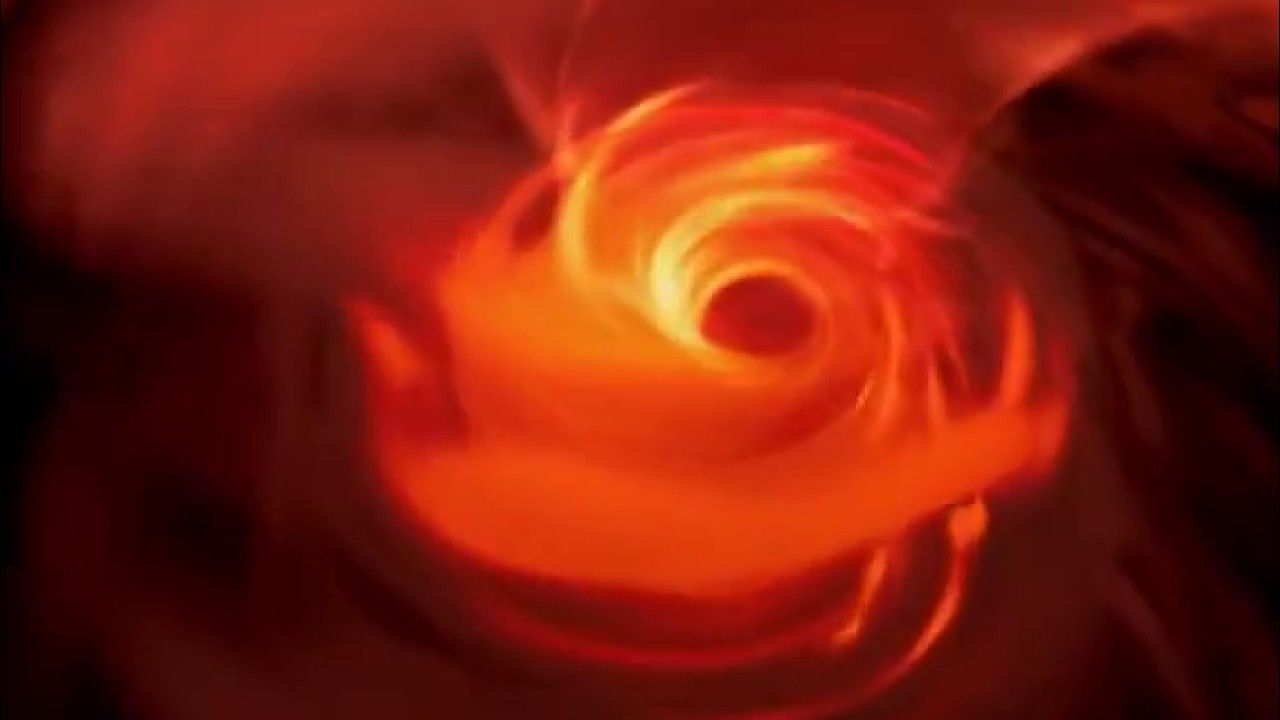
For the first ever time, scientists have created a virtual reality (VR) simulation of Sagittarius A*- the black hole at the center of our galaxy. The simulation allows helps viewers to better visualize the phenomenon and study the black holes as well.
With the aim of creating a VR simulation of Sagittarius A*, scientists at Radboud University, The Netherlands and Goethe University, Germany come together and used an astrophysical model of Sagittarius A*. Through this model, they were able to capture an image series that then put together to create a 360-degree virtual reality simulation of the black hole.
Continue reading “New VR simulation lets you explore supermassive black hole” »
Nov 16, 2018
New discovery shows glass made from exploding stars
Posted by Genevieve Klien in categories: cosmology, materials
The next time you’re gazing out of the window in search of inspiration, keep in mind the material you’re looking through was forged inside the heart of an exploding ancient star.
An international team of scientists said Friday they had detected silica—the main component of glass—in the remnants of two distant supernovae billions of light years from Earth.
Researchers used NASA’s Spitzer Space Telescope to analyse the light emitted by the collapsing mega-cluster and obtain silica’s “fingerprint” based on the specific wavelength of light the material is known to emit.
Nov 16, 2018
A ‘dark matter’ hurricane that we can’t see or hear is blasting past Earth, and it’s one of the universe’s biggest conundrums
Posted by Michael Lance in categories: climatology, cosmology
If astronomers’ calculations are correct, the Solar System is right in the middle of a turbulent space event.
The mysterious hurricane of “dark matter” leaves astronomers puzzled, but the remnants of dwarf galaxies could help prove this phenomenon’s existence.
